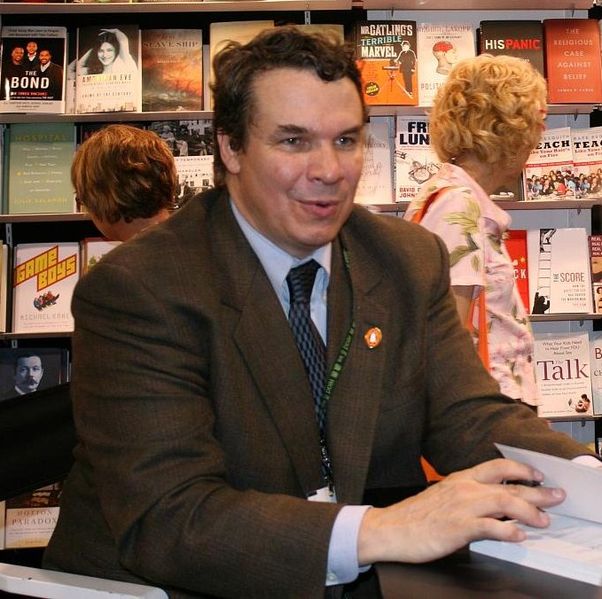
Next up in our series of guest posts from Concern Worldwide, we look at a great program that helps to provide income to women in Chad. Program Support Officer Francesca Reinhardt describes a cooperative that helps turn the local Shea nut into white butter for the women to sell to market.
I’m based in a small town called Goz Beida in eastern Chad. It’s a dusty corner of the Sahel, where the bulk of the traffic comes in the form of slow-moving donkeys and camels. It’s an unforgiving environment, but I’m learning things here that I don’t think I could learn anywhere else.
Chad is a vast landlocked country, covering several eco-zones, and some of the highest rates of poverty on the planet. The challenges are enormous. Chad has the world’s highest child infant mortality rate, and is in the bottom five countries ranked by the United Nations Human Development Index. Chad has experienced not only natural disasters, but also civil conflict, the internal displacement of populations, refugees fleeing violence in neighboring Central African Republic (C.A.R.) and Sudan, the Sahel food crisis, drought, flooding, and cholera outbreaks.
This is a country of extremes. Forbidding deserts stretch to the north. People scratch out a living in small villages across the Sahel, fed by transient rivers called wadis that sink into the sand. As you move south, the cattle get fatter, the mud-brick houses get sturdier, and the savannah gives way to flood plains and rice paddies. Keep going and you reach the humid, tropical south. That’s where you’ll find the town of Goré, about 30 kilometres from the border with C.A.R.
With its heavy soils and massive trees, the area looks like it should be rich and fertile, but the struggling villages tell a different story. Goré now hosts 35,000 refugees from C.A.R., and the soil is exhausted. The harvest feeds most families for just seven months of the year. After that, they are reduced to foraging, debt, and hunger. Raw materials are scarce, and few goods are produced locally. Everything from farm tools to cooking oil comes from hundreds of miles away, shipped in on treacherous roads, at exorbitant cost. Plastic goods come on overloaded trucks from Nigeria, trundling along the wrong side of the road to their final destinations; soap and plastic shoes make the trek here from as far away as China.
“MINING” LOCAL RESOURCES GIVES WOMEN INDEPENDENT INCOME
Ask the women in Goré what they want and they’ll tell you simply that they want their own source of income: “We have to spend so much on so many things, why not make something we can keep ourselves?” says Lydie Nadjilem, a member of Mekasna. Mekasna is Goré’s biggest Shea butter collective, and it also wants to be the richest. “We are looking at land to plant an orchard; this would make it faster to collect the Shea nuts. So far, we have saved 50,000 Cefa [about 100 USD]. That’s already a third of the way there,” says Mekasna’s President, Maris Mokodji.
Shea nuts are indigenous to southern Chad, and have been traditionally pressed into a black oil to add to foods. While nutritious, it has an odor that many find unpleasant. Processing the Shea nuts into a white butter gives it all kinds of household and commercial applications, opening up new income streams for local women. This is southern Chad’s “white gold.” “Soap is the best,” says Maris “because everyone has to buy it. Cooking oil is good too. Otherwise we wait for it to come from Cameroon, and the money goes back to them.” Concern supports Mekasna, along with 21 other collectives, with training and management of equipment for Shea butter production. Concern also provides the collectives with vital training, guidance, and support on financial management and running cooperatives.
“With the white Shea butter, we can do so many more things,” says Maris. “But above all we want the money. We want our own money. You can’t just wait for the boss [the husband] to come up with school fees. You can’t just fold your arms and wait for him to give you money.” She laughs, “You know the day you come to him for money he will say he has none.”
With 50 members, Mekasna can produce 10-15 litres of Shea butter a week—weather and resources permitting. Hauling the water, nuts and fuel, and pounding the nuts is a long and laborious process. Ask the members though, and they’ll tell you it’s worth it. Shea butter sells for around $6 per pound, and it saves women buying costly commercial soaps and oils. While it’s normally hard to compete with industrially produced goods on price, not having to pay transport overheads makes Mekasna’s prices more competitive. With Concern’s help, Mekasna has plans to invest in a motorized mill to raise productivity.
After several years of bad harvests, it’s hard to know what each year holds. Now these women have a backup plan. “I feel better knowing there will be a little money if things go wrong,” says Lydie. “We have money in our savings box and we all take our share so nobody can cheat us. If I have to borrow money in the market, I might not be able to pay it back. I like to know that my money is safe.”






